It’s been an eventful year for Apple as it finally ditched the Lighting port in favor of the universal USB-C standard. We’ve seen four new iPhones with the 15 Pro Max debuting with a 5x periscope zoom lens. Apple also continued its push with the M3-series Mac chips and finally announced its Vision Pro AR/VR headset, although it won’t go on sale until the first quarter of 2024.
Along the way, some products have stood out while others have faded into mediocrity. This is our take on what Apple did right in 2023 and what didn’t do so well.
Winner: USB-C on iPhone, finally!
USB-C is superior to Lightning in almost every way imaginable, even though Apple was making a tidy profit on its legacy port thanks to the Made for iPhone (MFi) licensing program. If it weren’t for the European Parliament’s common charger law, Apple would likely have extended Lightning’s lifespan by another few years, but we’re certainly pleased that all new phones, regardless of their ecosystem, will now share the same port.
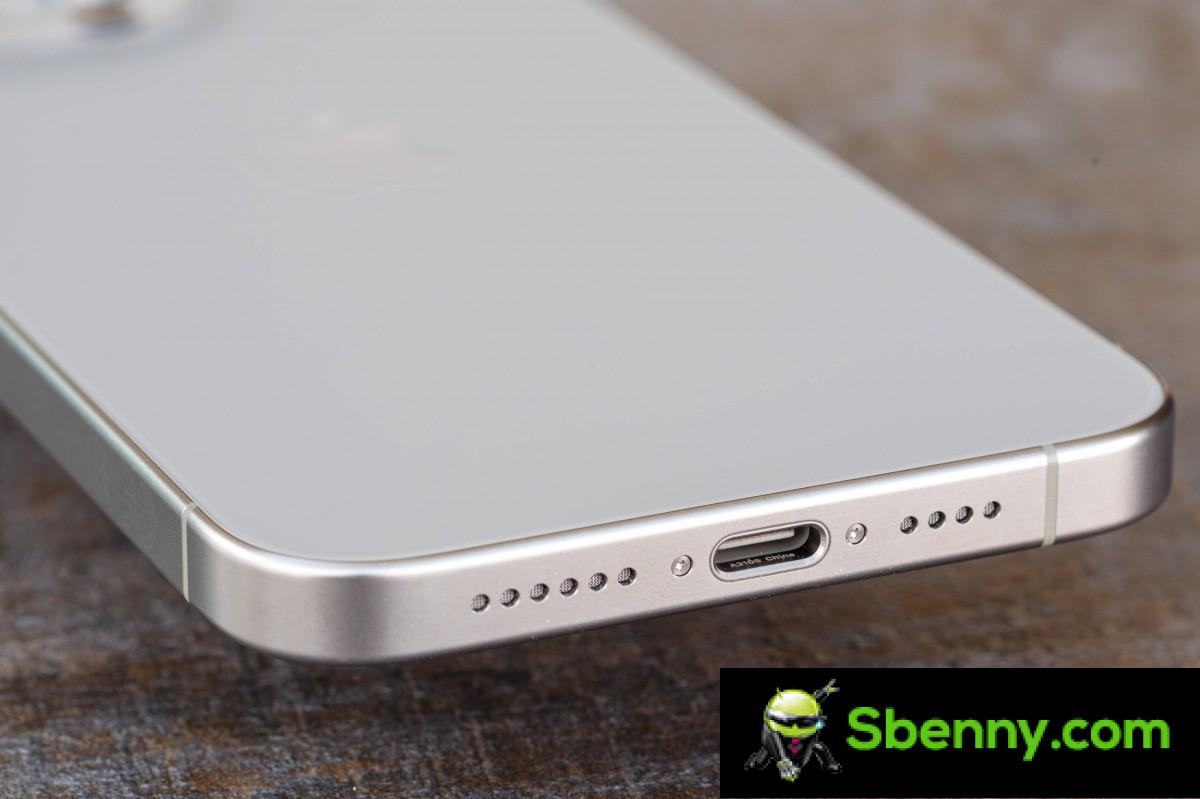
Longtime Android users might roll their eyes, but USB-C on the iPhone is one of those monumental changes that seemed like a distant mirage just a few years ago. Some reports speculated that Apple would go portless on its iPhones before switching to USB-C, and we’re thankful that scenario didn’t come to pass. As they say “better late than never”. Now, if only Apple didn’t limit its base iPhone 15 and 15 Plus to USB 2.0 speeds…
Loser: Enlightenment fades to darkness
For all the criticism it has drawn, Lightning also deserves some praise. It was the first “reversible fully digital connector for the next decade,” as Phil Schiller put it when announcing the iPhone 5 in 2012. At the time, it offered tangible advantages over the 30-pin connector that preceded it.
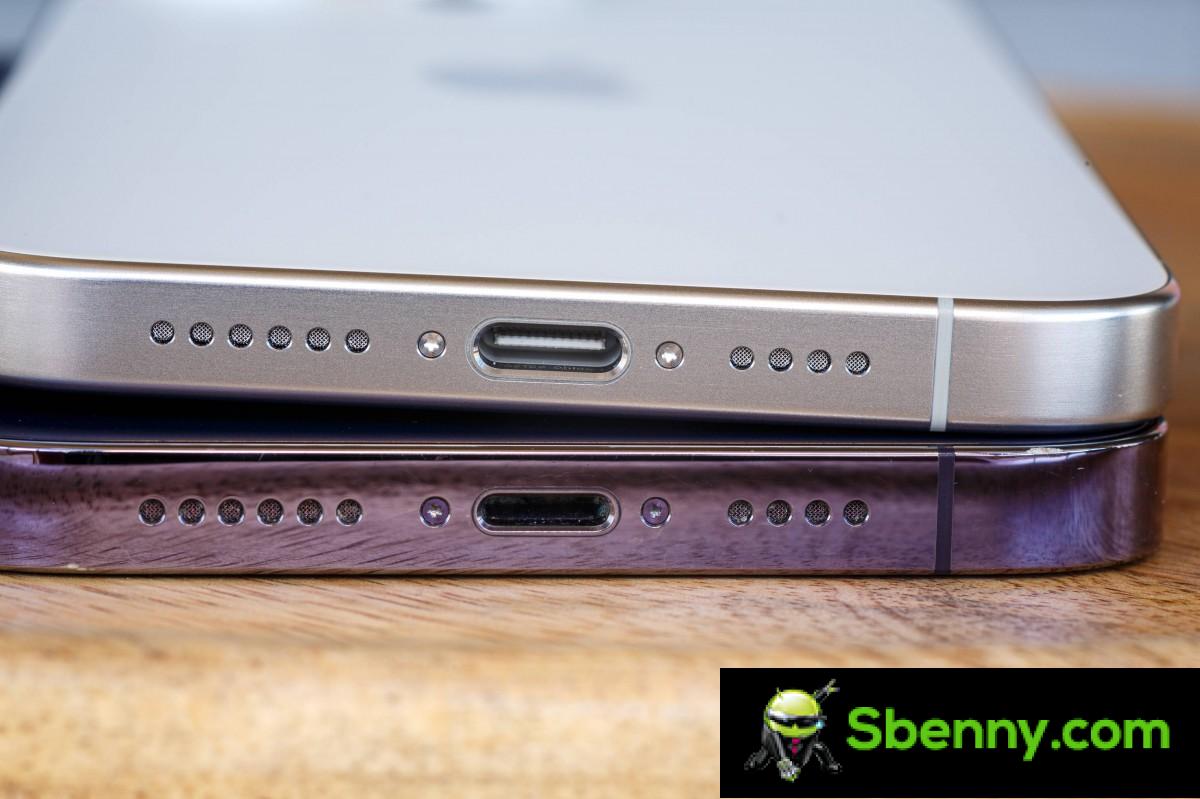
Lightning had its technical limitations with the maximum transfer speed limited to 480 Mbps and not allowing fast charging beyond 20W (if you consider it that fast). These weren’t problems in 2012, but ten years later we had phones with USB 3.1 transfer speeds of up to 10 gigabits and over 100W charging.
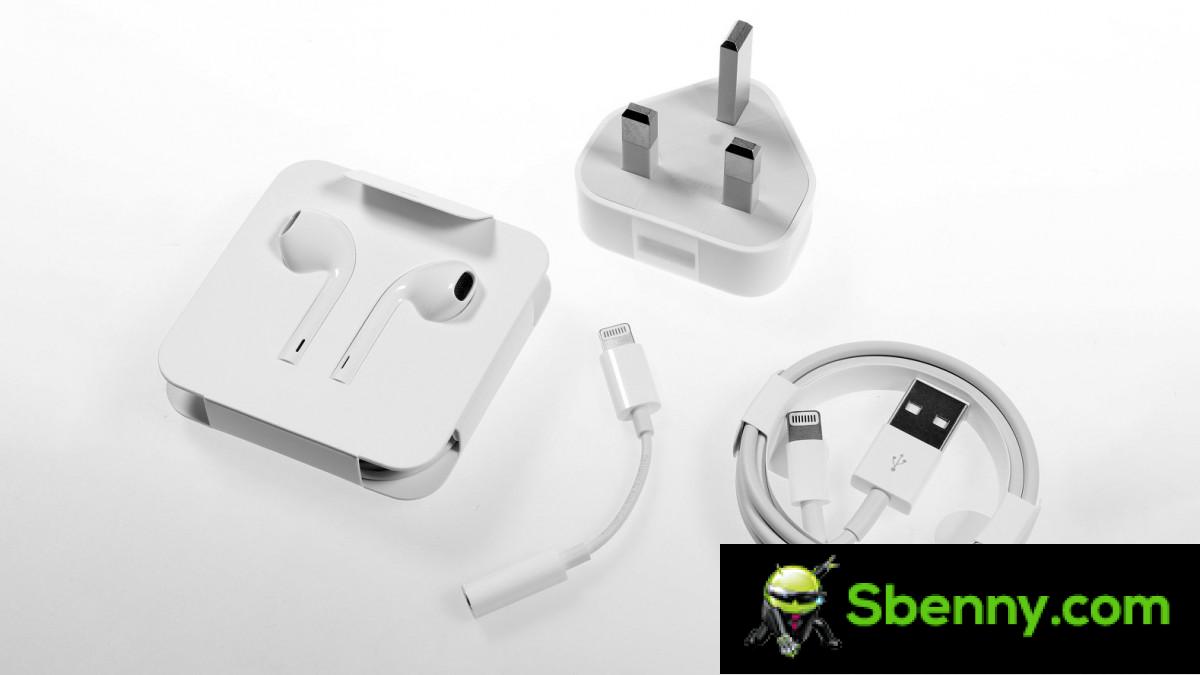
The most pressing problem with Lighting was that it was used exclusively on Apple devices. If you owned an iPhone or AirPods, you’d have to carry an extra cable just to charge those devices, and you couldn’t live that lifestyle with just one cable.
You can read more about Lightning and the full list of Apple products that used it in our Flashback article here
Winner: iPhone 15 Pro series
A new, lighter titanium case, USB 3.2 Type-C connectors, the world’s first 3nm chipset, and the first 5x periscope camera on an iPhone. It’s safe to say that the iPhone 15 Pro series is a big deal, and brings enough updates to the table to tempt even longtime Android users.
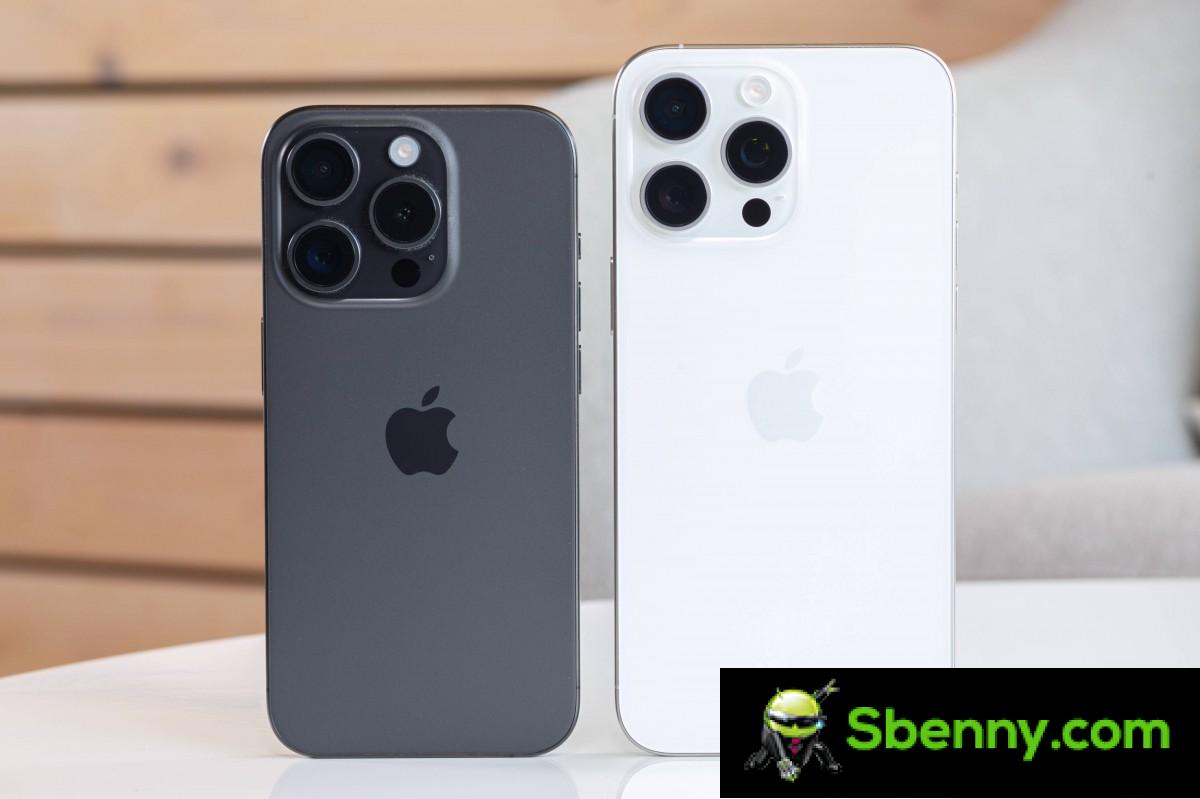
Apple is also turning a new page with gaming by making titles like Resident Evil Village, Death Stranding, and Assassin’s Creed Mirage available exclusively on its 15 Pro and Pro Max phones. The action button was an interesting addition that brings a touch of customization and the smaller bezels around the screen make the phones look more modern.
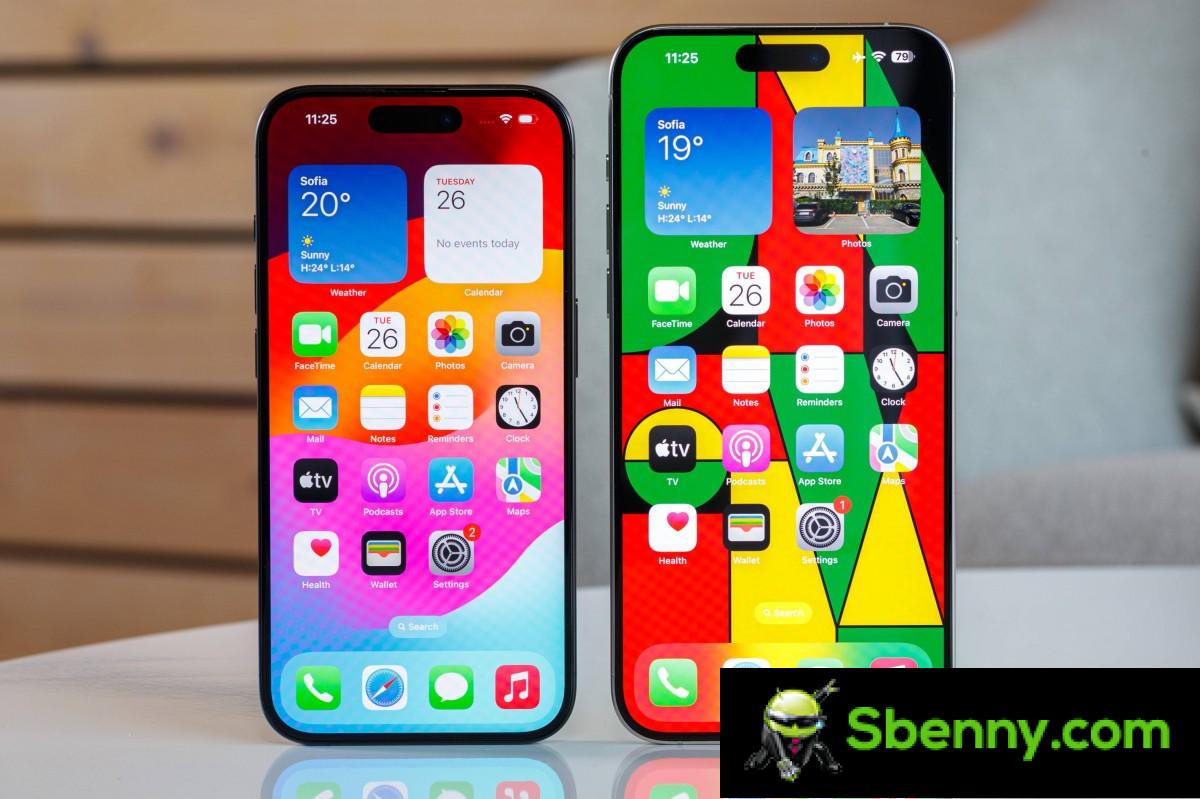
The base iPhone 15 Pro was supposed to start with 256GB of storage, and limiting the 5x telephoto to only the Max seems arbitrary, but hey, Apple is clearly leaving some headroom for next year’s iPhone 16 Pro. Oh, the iPhone 15 and 15 Plus also received some interesting upgrades, but Apple is pricing them close to the Pro models as a hidden incentive to choose the more premium devices.
Loser: Apple Watch Series 9 and Watch Ultra 2
The Apple Watch series has been in a somewhat stagnant state for the past few years, and the Watch Series 9 and Watch Ultra 2 are two of the most incremental updates in recent memory. Both new watches have the same design as their predecessors and the main features are the updated Apple S9 SiP and Double Tap gesture controls.
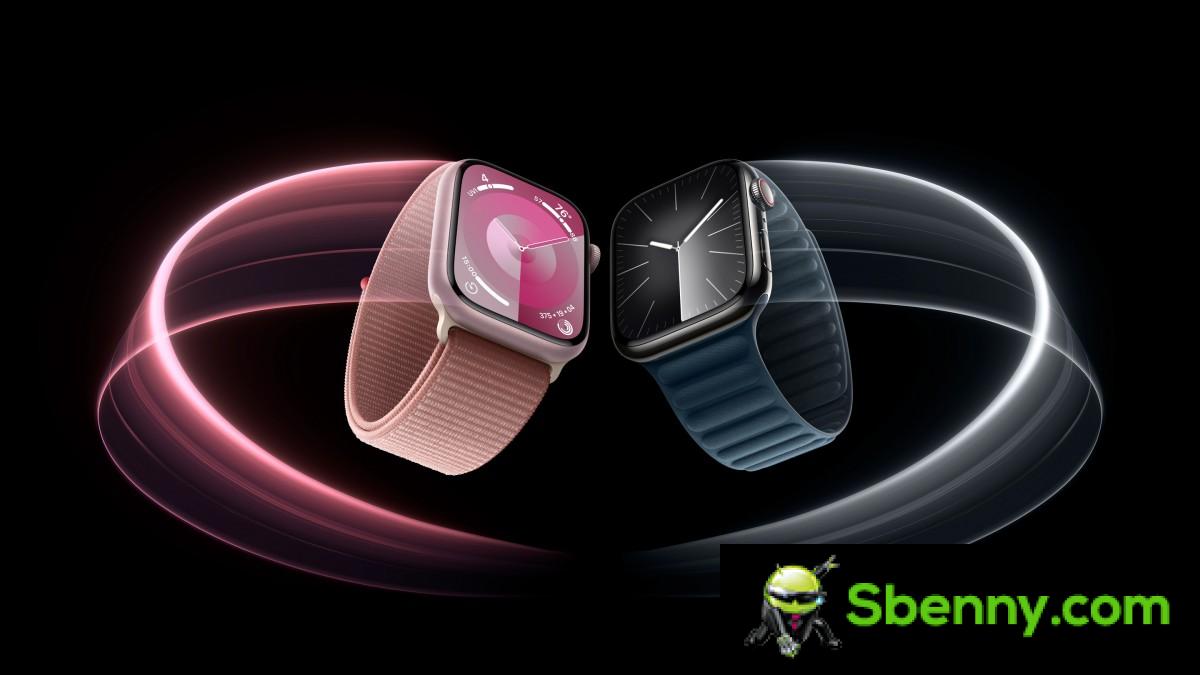
To make matters worse, Apple also found itself embroiled in a patent dispute that forced it to halt sales of its latest smartwatches just before the end of the holiday season. Our review of the Apple Watch Series 9 only reiterates what we think about Cupertino’s latest wearables, and we’ll be waiting to see if things improve in 2024.
Winner: Apple M3 chip
The Arm-based M-series chips marked a sea change for Apple computers when they launched in 2020, and have naturally evolved to offer more power and greater efficiency over the past three years. The M3 family, launched alongside the 14-inch and 16-inch MacBook Pro laptops and the all-new 24-inch iMac, brings a big leap in GPU performance with hardware-accelerated mesh shading and dynamic caching for demanding apps and games.

You’ll have to resort to the M3 Pro or M3 Max chips to get noticeable performance improvements over the M2 series, but then again Apple laptops aren’t cheap to begin with. One thing is for sure: Apple’s M-series chips are still ahead of their x86 counterparts in terms of efficiency in everyday tasks, and the M3 models will remain competitive for years to come.
Loser: Apple’s internal 5G modem
After years of development and we can only assume heavy spending on R&D, Apple has reportedly abandoned its internal 5G modem development plans. The goal was simple: eliminate dependence on Qualcomm by developing a 5G modem for use in future iPhones. Apple is Qualcomm’s largest customer to date, accounting for nearly a quarter of the chipmaker’s total revenue.
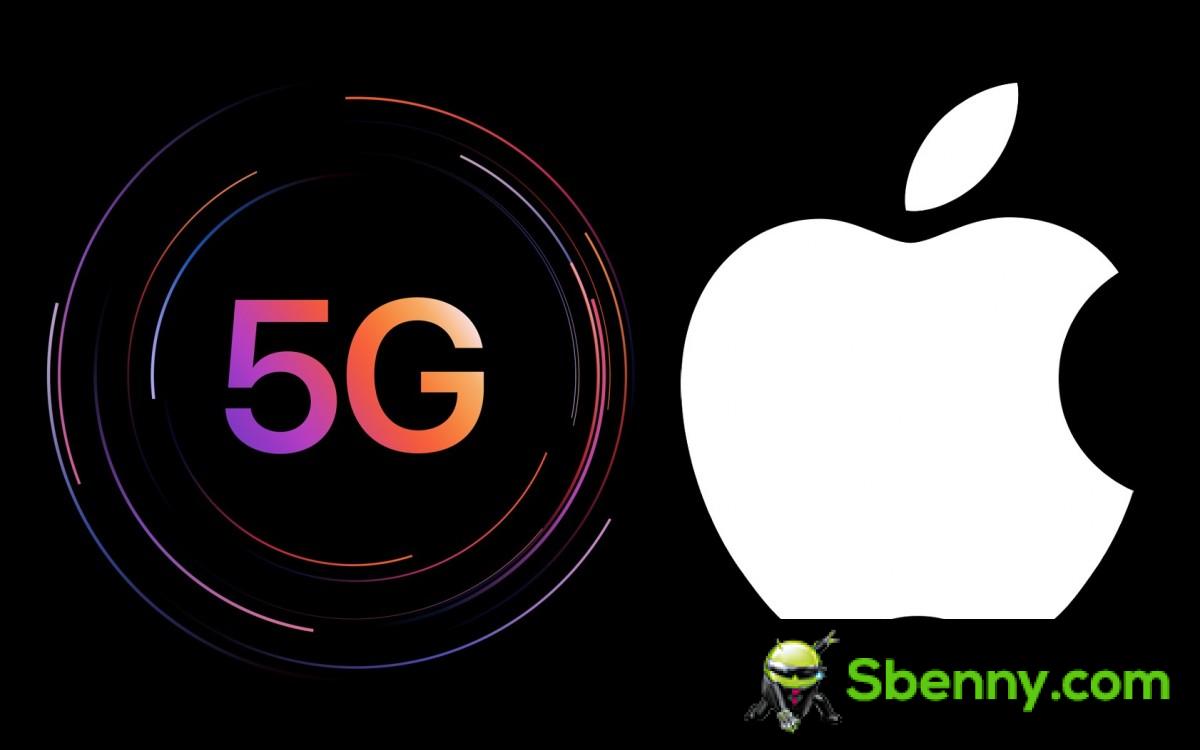
But how is it possible that the most valuable company in the world is unable to develop its own modem? Well, modems are probably the most difficult component to produce inside your smartphone and quite challenging even for Apple.
Apple’s experience in chipset development with its A-series and M-series SoCs cannot be transferred to the modem side which, according to a detailed Wall Street Journal report that Apple’s 5G modem prototypes were at least three years behind Qualcomm’s flagship modem chips. Apple initially planned to have its own 5G modem in iPhones this year and later moved its goal to 2024 until canceling the plans altogether.

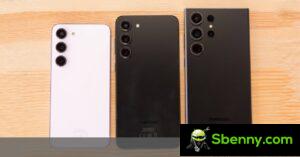




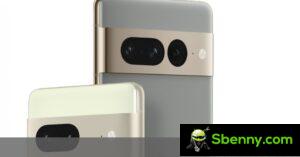
Start a new Thread